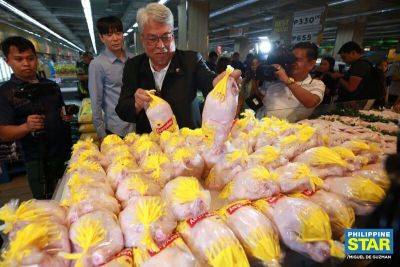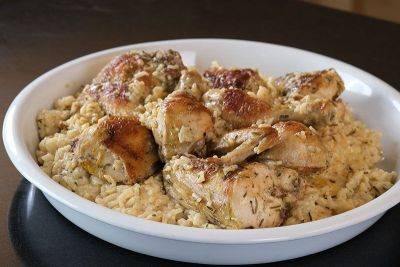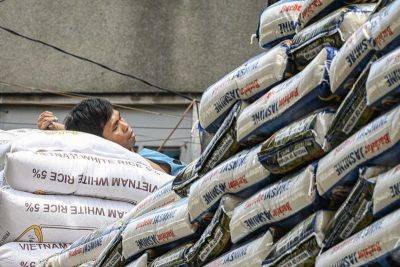DA defends decision to sell P29/kilo rice
MANILA, Philippines — The Department of Agriculture (DA) defended yesterday the decision of the government to sell rice at P29 per kilo at Kadiwa outlets, saying it aims to benefit the poor.
In an interview, Agriculture Assistant Secretary and spokesman Arnel de Mesa said it is the testing stage as the DA targets to roll out the program nationwide in July.
“We are checking on the logistics and operational challenges. So the quantity of rice at the Kadiwa centers is limited. Hopefully by July, we will be able to start the nationwide rollout,” he said.
According to De Mesa, the initiative targets to benefit at least 25 percent of the country’s poor population.
He admitted that the DA will need to provide heavy subsidies to sell rice at P29 per kilo. Rice retail prices currently range from P50 to P52 per kilo.
“The subsidy will be shouldered by both the national and local government units as the difference (between the actual prevailing retail price and the P29 per kilo) is big,” De Mesa said.
“The testing that we are conducting is important to make sure all the bottlenecks and challenges will be addressed,” De Mesa said.
Federation of Free Farmers national manager Raul Montemayor said the P29 per kilo could only be sustained if the government is willing to subsidize.
“You need around 1.5 kilos of palay to produce a kilo of rice. If palay costs P30 per kilo when sold to the NFA (National Food Authority), the cost of one kilo of rice is P45, not including costs for freight, storage, handling and transport,” Montemayor said. “The P29 per kilo of rice is definitely subsidized and this can be sustained only for as long as the government is willing to subsidize. If there is no subsidy, the palay buying price will have to go down to P15 per kilo, which could mean losses for farmers.”
Farmers’ group Samahang Industriya ng Agrikultura executive director Jayson Cainglet said that P29 per kilo rice sold at the Kadiwa centers is not sustainable.
Cainglet said the “poorest of the poor” do not benefit from the five kilos of rice that can be bought by each consumer at Kadiwa stores.
“The five kilos of rice maximum that can be bought at Kadiwa outlets does not benefit the poor as







